- Siderate against May beetle larvae
- Importance of improving your soil
- Beneficial plants for keeping pests away
- How sidedress crops work
- Choosing the right siderate crops
- Benefits of siderate crops
- Selection criteria for siderate crops
- Popular siderate crop options
- Proper timing for planting siderate crops
- 1. Consider the time of year:
- 2. Timing based on crop rotation:
- 3. Consider the frost date:
- 4. Observe the growth period of different siderate crops:
- 5. Plan according to your gardening schedule:
- Techniques for incorporating siderate crops into soil
- 1. Planting a single-species cover crop
- 2. Mixing different cover crop species
- 3. Using cover crops as green manure
- 4. Rotating cover crops
- 5. Interseeding cover crops
- Other natural methods for controlling May beetle larvae
- 1. Nematodes
- 2. Milky spore
- 3. Birds and animals
- 4. Beneficial insects
- “Question-Answer”
- What are May beetle larvae?
- How do May beetle larvae affect plants?
- What is a natural way to control May beetle larvae?
- How can I improve my soil to discourage May beetle larvae?
- Are there any other methods to keep May beetle larvae away?
- Can beneficial nematodes help with May beetle larvae control?
- What are the signs of May beetle larvae infestation?
- “Video” Prevent Squash Bugs and Cucumber Beetles With A Trick An Amish Farmer Taught Me
May beetles, also known as June bugs, are common garden pests that can wreak havoc on your plants and cause extensive damage to your lawn. One effective way to combat these pests is by using sideration, a method that involves planting certain cover crops that attract the natural enemies of May beetle larvae.
One of the most effective cover crops for sideration is white clover. White clover not only improves your soil by fixing nitrogen, but it also attracts ground beetles and other beneficial insects that feed on May beetle larvae. By planting white clover in your garden or lawn, you can create a natural barrier against these destructive pests.
Another beneficial cover crop for sideration is buckwheat. Buckwheat is a fast-growing plant that produces beautiful white flowers and attracts a wide range of beneficial insects. By planting buckwheat in your garden, you can create an environment that encourages the presence of natural enemies, such as parasitic wasps and predatory beetles, which will help keep May beetle larvae in check.
Tip: When using sideration to control May beetle larvae, it is important to choose cover crops that are well-suited to your growing conditions. Consider factors such as soil type, sun exposure, and moisture levels to ensure the success of your sideration efforts.
In addition to using sideration, there are other steps you can take to prevent May beetle larvae from infesting your plants. Regularly inspect your garden for signs of May beetle larvae, such as damaged roots or plants that are wilting. If you spot any larvae, remove them by hand or use organic pest control methods, such as applying beneficial nematodes or using insecticidal soap.
By improving your soil through sideration and implementing other pest control strategies, you can create a healthy and thriving garden that is free from the destructive effects of May beetle larvae.
Siderate against May beetle larvae
May beetle larvae, also known as white grubs, are a common pest that can cause damage to lawns and gardens. These larvae feed on plant roots, leading to poor plant growth and increased vulnerability to other pests and diseases. If left unchecked, May beetle larvae can cause significant damage to your plants.
One effective way to combat May beetle larvae is through the use of siderate plants. Siderate plants are crops that are grown specifically to improve soil quality and deter pests. These plants can help suppress the population of May beetle larvae by making the soil less hospitable for their survival and reproduction.
Here are some siderate plants that can help in the fight against May beetle larvae:
- Marigolds: Marigolds release a chemical compound called thiopene, which is toxic to May beetle larvae. Planting marigolds around your lawn or garden can help deter these pests and improve soil quality.
- Nasturtiums: Nasturtiums are known for their ability to repel a wide range of pests, including May beetle larvae. These plants have a strong scent that acts as a natural deterrent for many insects.
- Buckwheat: Buckwheat is a fast-growing siderate plant that can help suppress the population of May beetle larvae. Its dense foliage shades out the larvae and hampers their feeding on plant roots.
- Clover: Clover is another popular siderate plant that can help improve soil quality and deter May beetle larvae. Its deep root system helps break up compacted soil, making it more difficult for larvae to survive.
In addition to planting siderate plants, there are other cultural practices that can help control May beetle larvae. Avoid overwatering your lawn or garden, as excess moisture can create an ideal environment for these pests. Regularly aerating and fertilizing the soil can also help improve its health and make it less favorable for May beetle larvae.
If the May beetle larvae infestation is severe, you may need to consider using chemical control methods. Consult with a professional or your local agricultural extension office for advice on the appropriate insecticides to use for effective control while minimizing harm to the environment.
| Tip | Description |
|---|---|
| Plant siderate crops | Choose plants such as marigolds, nasturtiums, buckwheat, and clover to deter May beetle larvae and improve soil quality. |
| Avoid overwatering | Excess moisture can create a favorable environment for May beetle larvae. Avoid overwatering your lawn or garden. |
| Aerate and fertilize soil | Regularly aerate and fertilize the soil to improve its health and make it less hospitable for May beetle larvae. |
| Consider chemical control | If infestation is severe, consult with a professional for advice on appropriate insecticides to help control May beetle larvae. |
By implementing these methods, you can effectively siderate against May beetle larvae and protect your plants from their destructive feeding habits. Remember to regularly monitor your lawn or garden for signs of infestation and take action promptly to prevent further damage.
Importance of improving your soil
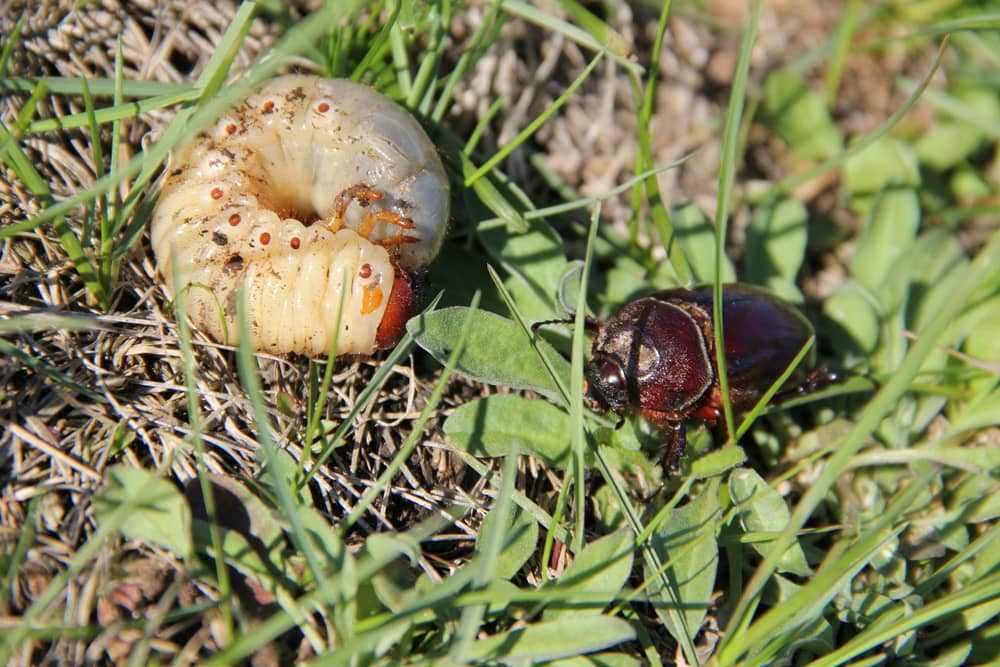
Improving the quality of your soil is essential for the health and vitality of your plants. Good soil provides a stable and nutrient-rich environment that allows plants to grow and thrive. Here are some reasons why improving your soil is important:
Nutrient availability: Healthy soil contains an adequate supply of essential nutrients such as nitrogen, phosphorus, and potassium. These nutrients are necessary for plant growth and development.
Water retention: Well-draining soil that retains moisture is important for healthy root development and proper hydration of plants. It also helps prevent water runoff, reducing the risk of erosion and water wastage.
Aeration: Good soil structure allows for proper air circulation around plant roots. Adequate oxygen levels in the soil are vital for root respiration and the overall health of the plant.
Soil pH balance: The pH level of the soil affects nutrient availability to plants. Different plants have different pH preferences, and adjusting the soil pH can help optimize nutrient uptake and plant growth.
Preventing pests and diseases: Improving soil health can help create a less favorable environment for pests and diseases. Healthy plants grown in nutrient-rich soil are more resistant to pests and diseases, reducing the need for chemical interventions.
Increase biodiversity: Improving your soil can attract beneficial organisms such as earthworms, beetles, and bacteria that play a vital role in decomposing organic matter, enriching the soil, and improving overall soil structure.
By improving your soil, you provide a solid foundation for your plants to grow and thrive. Healthy soil contributes to better plant health, increased yields, and a more sustainable and environmentally friendly garden or farm.
Beneficial plants for keeping pests away
Planting certain types of plants in your garden can help deter pests and reduce the need for pesticides. These plants contain natural compounds that repel insects, making them a great addition to any pest control strategy. Here are some beneficial plants that can help keep pests away:
- Lavender: This fragrant herb has a strong scent that repels many pests, including mosquitos, flies, and moths. Plant lavender around your garden to keep these insects at bay.
- Marigolds: Marigolds are known for their bright flowers, but they also serve as a natural pest deterrent. The scent of marigolds repels aphids, mosquitoes, and nematodes, which can damage your plants.
- Basil: Not only is basil a popular culinary herb, but it also has insect-repelling properties. Plant basil near your tomatoes and peppers to protect them from pests like aphids, flies, and mosquitoes.
- Citronella grass: Citronella grass is famous for its use in natural mosquito repellents. By planting it in your garden, you can create a barrier against mosquitos and other flying insects.
- Mint: Mint is another herb that can help repel pests in your garden. Its strong aroma deters pests like ants, aphids, and cabbage moths.
If you’re looking to create a more diverse and insect-resistant garden, consider planting a variety of these beneficial plants. They not only add beauty and fragrance to your garden but also help protect your plants from harmful pests.
How sidedress crops work
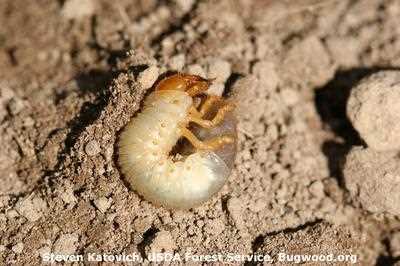
Side-dressing is a technique used in agriculture to provide additional nutrients to growing crops during the growing season. It involves the application of fertilizer or compost near the plants, typically after they have been established.
There are several benefits to side-dressing crops:
- Maximizes nutrient availability: Side-dressing allows for the targeted application of nutrients when plants need them the most. This ensures that the crops receive the necessary nutrients for optimal growth and development.
- Minimizes nutrient loss: By applying fertilizer or compost directly to the soil near the plants, the risk of nutrient runoff or leaching is minimized. This means that more nutrients stay in the root zone where they can be easily taken up by the plants.
- Reduces competition: Side-dressing enables the crops to receive a concentrated source of nutrients, reducing competition with weeds or other plants in the area. This can help maximize crop growth and yield.
- Promotes even growth: By providing nutrients directly to the root zone, side-dressing helps promote balanced and even growth across the field. This can result in more uniform crop maturity and improved harvest quality.
When side-dressing crops, it’s important to use the right type and amount of fertilizer or compost. This will depend on the specific nutrient needs of the crops and the soil conditions. Conducting soil tests prior to side-dressing can help determine the best approach and ensure optimal nutrient application.
Overall, side-dressing crops is a valuable technique for improving nutrient availability, reducing nutrient loss, and promoting healthy and vigorous crop growth. Incorporating this practice into your farming methods can lead to increased yields and improved soil health in the long run.
Choosing the right siderate crops
Benefits of siderate crops
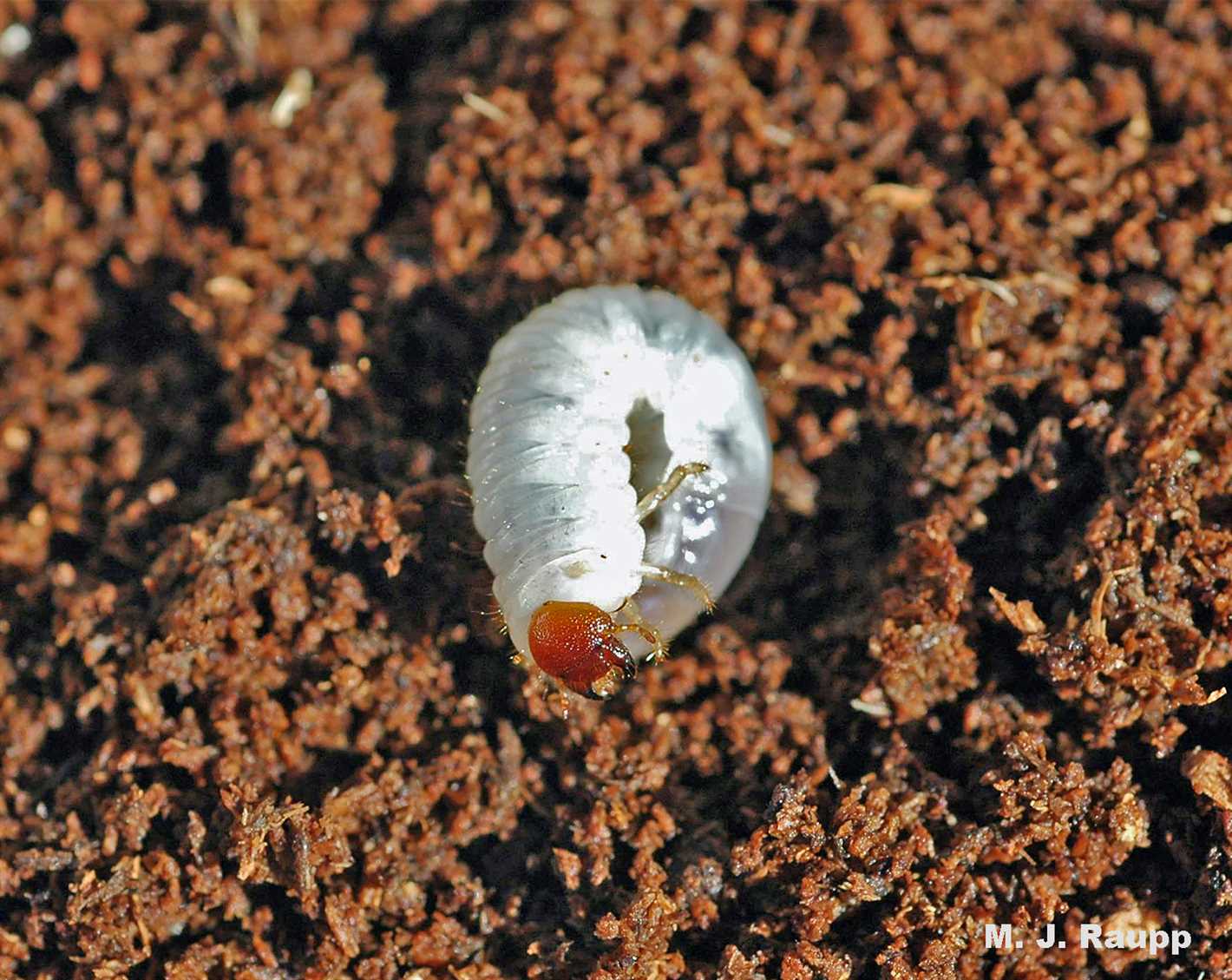
Siderate crops are plants that are grown specifically to improve soil health and fertility. They offer numerous benefits when incorporated into your gardening or farming practices, including:
- Enhancing soil structure and reducing erosion
- Increasing organic matter content in the soil
- Improving nutrient availability and cycling
- Suppressing weeds and reducing the need for herbicides
- Attracting beneficial insects and increasing biodiversity
- Providing habitat for beneficial microorganisms
Selection criteria for siderate crops
When choosing siderate crops, it is important to consider several factors to ensure that they meet your specific needs and conditions. Some key selection criteria include:
- Soil type: Different crops thrive in different soil types. Consider the texture, pH, and nutrient levels of your soil to select crops that will grow well in your specific conditions.
- Time of year: Siderate crops can be planted during different seasons. Consider the time when you want to plant them and select crops that are suitable for that specific time period.
- Life cycle: Different plants have different life cycles, which affect their growth habits and the time they take to mature. Some siderate crops can be grown and incorporated into the soil within a few months, while others require a longer growing period.
- Intended purpose: Determine the specific goals you have for growing siderate crops. Are you looking to improve soil fertility, suppress weeds, attract beneficial insects, or provide forage for livestock? Select crops that align with your objectives.
Popular siderate crop options
There is a wide variety of siderate crops to choose from, each offering unique benefits and growth characteristics. Here are some popular options:
| Siderate Crop | Benefits | Growing Season | Growth Habit |
|---|---|---|---|
| Crimson Clover | Fixes nitrogen, improves soil structure | Fall/winter or spring | Low-growing, spreading |
| Buckwheat | Attracts beneficial insects, suppresses weeds | Summer | Rapid growth, dense foliage |
| Austrian Winter Peas | Nitrogen fixation, weed suppression | Fall/winter or spring | Vine-like climbing |
| Rye | Improves soil structure, erosion control | Fall/winter or spring | Tall, upright |
These are just a few examples of siderate crops that can be incorporated into your gardening or farming practices. Be sure to research and select the crops that best meet your specific needs and objectives.
Proper timing for planting siderate crops
Planting siderate crops at the right time is crucial for their success in improving your soil and deterring May beetle larvae. Here are some guidelines to help you determine the proper timing for planting siderate crops:
1. Consider the time of year:
- In temperate regions, spring and fall are the ideal seasons for planting siderate crops. Spring planting allows the crop to establish and grow before the hot summer, while fall planting allows the crop to take advantage of the cooler weather and ample rainfall.
- In tropical regions with year-round mild temperatures, siderate crops can be planted at any time.
2. Timing based on crop rotation:
If you follow a crop rotation schedule, it’s essential to plan the planting of your siderate crops accordingly. Typically, siderate crops are planted after the harvest of the main crop and before the planting of the next crop in the rotation. This allows the siderate crop to nourish the soil and prepare it for the next crop.
3. Consider the frost date:
- If you live in an area with frost, it’s important to know the average first frost date in your region. Siderate crops should be planted with enough time to reach maturity and provide maximum benefits before the first frost.
- For example, if the average first frost date is in late October, it’s advisable to plant siderate crops by early September to ensure they have enough time to grow and establish.
4. Observe the growth period of different siderate crops:
Each siderate crop has its own specific growth period and requirements. Some crops may take longer to establish and reach maturity than others. It’s important to familiarize yourself with the growth period of the specific siderate crop you intend to plant to ensure you’re planting it at the right time.
5. Plan according to your gardening schedule:
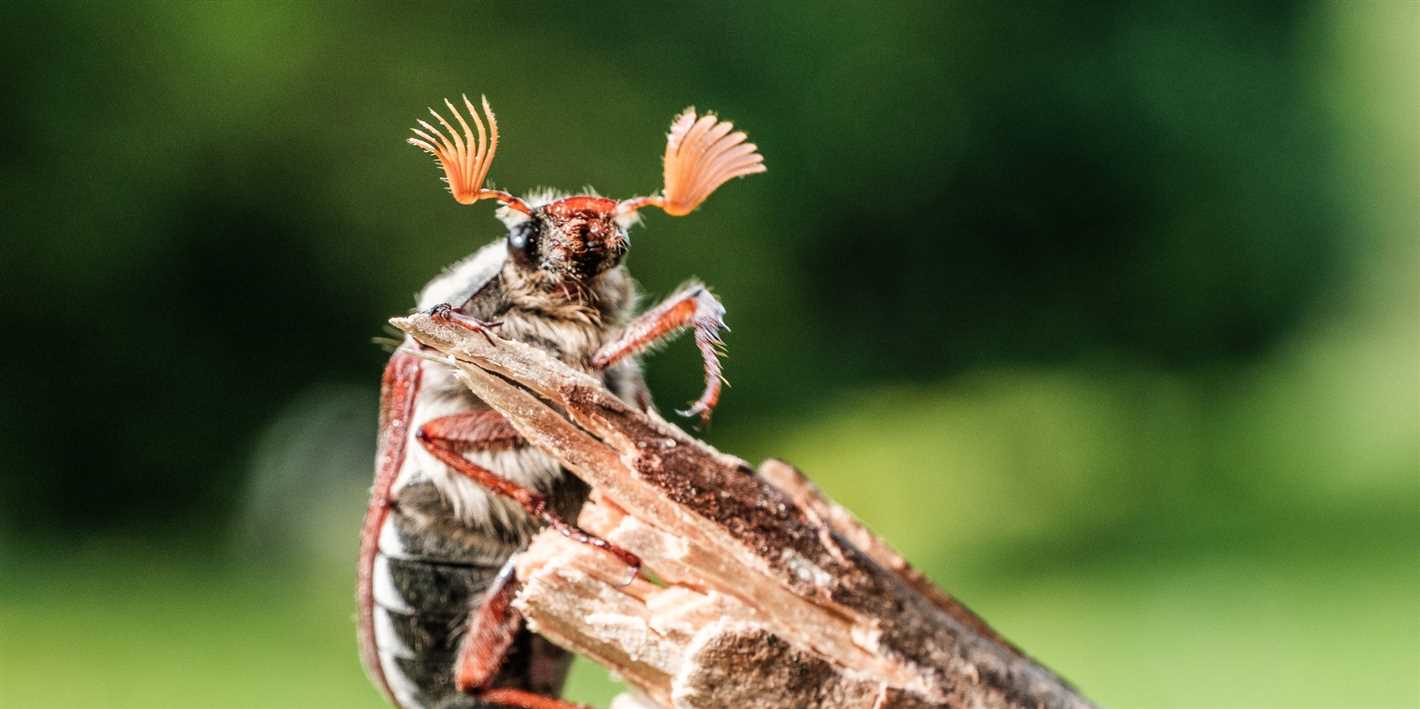
Consider your gardening schedule and workload when deciding on the timing for planting siderate crops. Planting during a time when you have more free time for maintenance and care can increase the chances of success.
By following these guidelines and considering the factors mentioned, you can ensure that you plant siderate crops at the proper time to maximize their benefits in improving your soil and deterring May beetle larvae.
Techniques for incorporating siderate crops into soil
Siderate crops, also known as cover crops, are an effective way to improve soil health and fertility while keeping pests, like May beetle larvae, at bay. Here are several techniques for incorporating siderate crops into your soil:
1. Planting a single-species cover crop
One technique is to plant a single-species cover crop, such as winter rye or clover, to provide specific benefits to the soil. Winter rye, for example, can help suppress the growth of weeds and improve soil structure. Clover, on the other hand, is a nitrogen-fixing plant that can enrich the soil with this important nutrient. Choose a cover crop that aligns with your soil’s needs.
2. Mixing different cover crop species
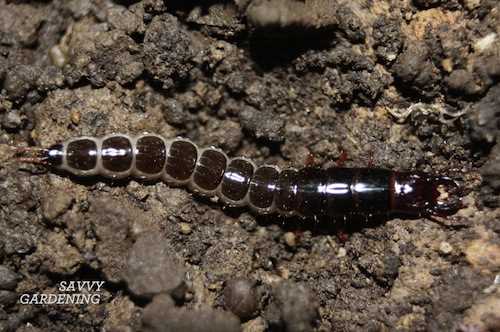
Another technique is to mix different cover crop species to maximize the benefits they provide. For example, a mix of legumes, grasses, and brassicas can improve soil structure, increase organic matter, and inhibit the growth of pests. This diversity in plant species helps create a balanced and resilient soil ecosystem.
3. Using cover crops as green manure
Cover crops can also be used as green manure, where they are grown and then incorporated into the soil before they fully mature. This technique helps add organic matter and nutrients to the soil, improving its overall fertility and health. Be sure to mow or till the cover crop before it starts to flower to prevent it from reseeding and becoming a weed.
4. Rotating cover crops
Rotating cover crops is another effective technique for incorporating them into the soil. By alternating different cover crops in a crop rotation plan, you can promote diverse microbial activity, break pest cycles, and continuously improve soil health over time. Plan your cover crop rotations based on your specific farming practices and the needs of your soil.
5. Interseeding cover crops
Interseeding cover crops involves planting them alongside cash crops during the growing season. This technique ensures that the cover crop is established early and can provide soil benefits while the main crop is still growing. Interseeding can help suppress weeds, enhance nutrient cycling, and protect the soil from erosion.
Overall, incorporating siderate crops into your soil can help improve its structure, fertility, and resilience against pests like May beetle larvae. Consider implementing one or more of these techniques to get the most out of your cover crops.
Other natural methods for controlling May beetle larvae
If you’re looking for alternative ways to control May beetle larvae without using chemical pesticides, there are several natural methods you can try:
1. Nematodes
- Beneficial nematodes, such as Heterorhabditis bacteriophora, Steinernema carpocapsae, and Steinernema feltiae, can be applied to the soil to target May beetle larvae.
- These microscopic worms infect the larvae and release bacteria that kill them.
- Make sure to follow the application instructions provided with the nematodes.
2. Milky spore
- Milky spore disease, caused by the bacterium Paenibacillus popilliae, is a natural soil-borne disease that affects May beetle larvae.
- When applied to the soil, milky spore kills the larvae and persists in the soil, providing long-term control.
- Follow the instructions on the product label for proper application.
3. Birds and animals
- Encouraging birds, such as robins, to visit your garden can help control May beetle larvae.
- Birds feed on the larvae, reducing their populations naturally.
- Creating habitats, like birdhouses and birdbaths, can help attract birds to your garden.
- Other animals, such as skunks and raccoons, also feed on May beetle larvae.
4. Beneficial insects
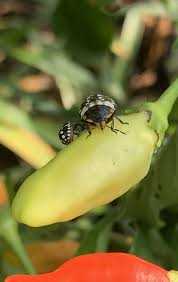
- Many beneficial insects, such as ground beetles, rove beetles, and parasitic wasps, prey on May beetle larvae.
- Attracting these beneficial insects to your garden can help control the larvae population.
- Consider planting flowers that attract beneficial insects or using insectary plants as companion plants.
By implementing these natural methods, you can effectively control May beetle larvae while promoting a healthy and balanced ecosystem in your garden.
“Question-Answer”
What are May beetle larvae?
May beetle larvae, also known as white grubs, are the larval stage of beetles from the family Scarabaeidae. They are pests that feed on the roots of plants, often causing significant damage.
How do May beetle larvae affect plants?
May beetle larvae feed on the roots of plants, which can cause severe damage. Affected plants may wilt, have stunted growth, or even die. It is important to take measures to control May beetle larvae to protect your plants.
What is a natural way to control May beetle larvae?
One natural way to control May beetle larvae is by improving the soil in your garden. Adding organic matter, such as compost or humus, can create a healthy soil environment that is less favorable for May beetle larvae to thrive.
How can I improve my soil to discourage May beetle larvae?
To improve your soil and discourage May beetle larvae, you can add compost or well-rotted manure. These organic amendments improve soil structure and fertility, making it less suitable for the larvae. Additionally, avoid over-fertilizing as this can attract more beetles to lay their eggs in your garden.
Are there any other methods to keep May beetle larvae away?
Yes, there are other methods to keep May beetle larvae away. You can practice crop rotation, avoid over-watering your plants, and keep your garden tidy by removing fallen leaves and debris, as these can provide a favorable environment for the larvae.
Can beneficial nematodes help with May beetle larvae control?
Yes, beneficial nematodes can be effective in controlling May beetle larvae. These microscopic worms can be applied to the soil and they feed on the larvae, reducing their population. However, nematodes require specific conditions to thrive, so it is important to follow the instructions carefully.
What are the signs of May beetle larvae infestation?
Signs of May beetle larvae infestation include wilting plants, thinning or dead grass patches, and roots that are eaten or chewed. If you notice these signs, it is important to investigate further and take appropriate measures to control the infestation.







